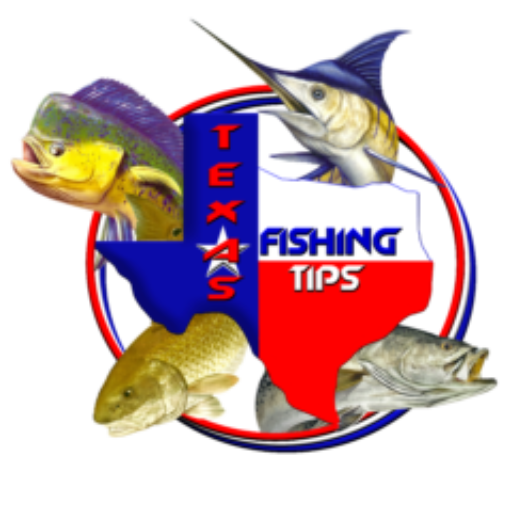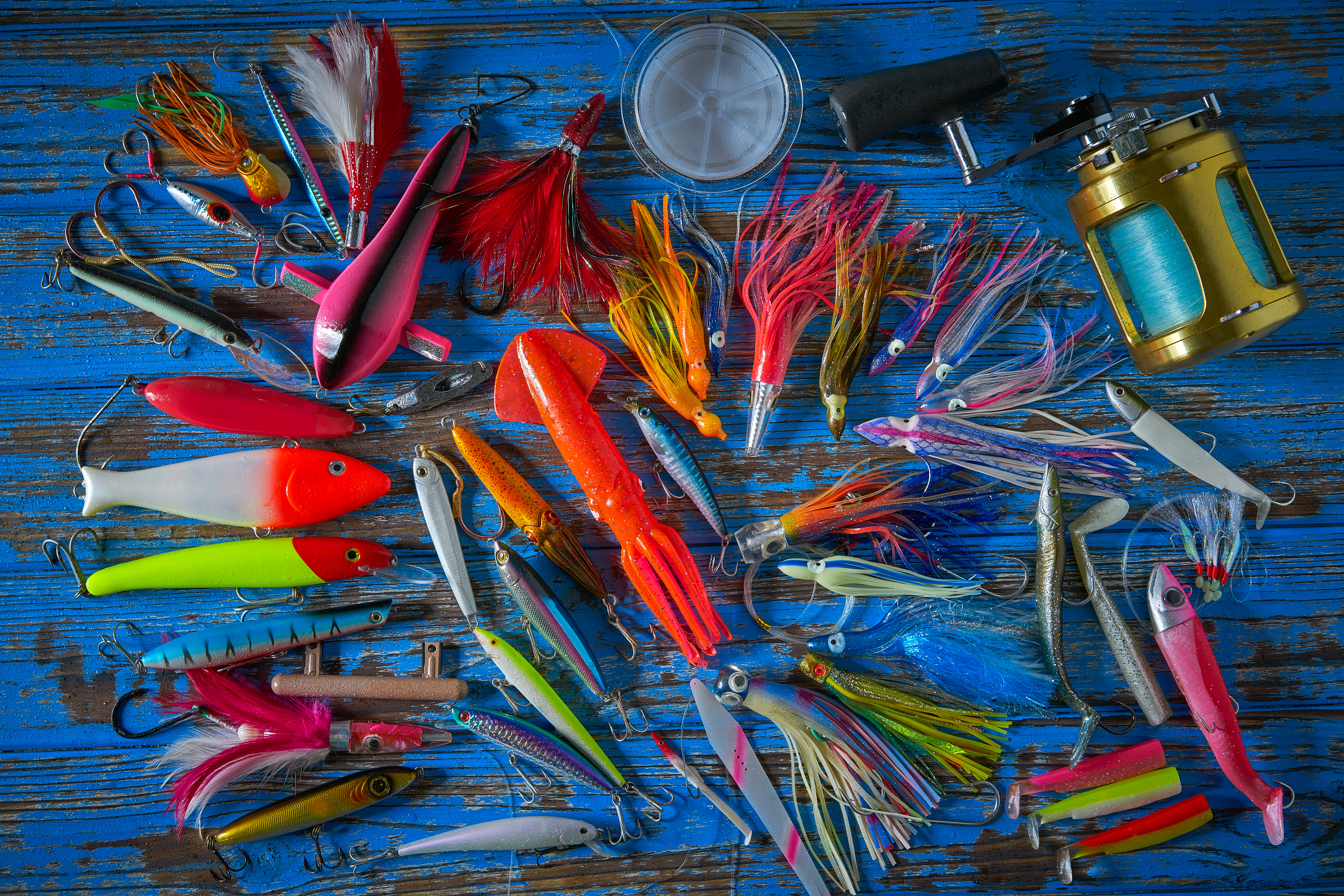Introduction
When it comes to fishing, having the right equipment can make all the difference between a successful day on the water and a disappointing one. One crucial piece of gear is the fishing line, and the Mastiff Fluorocarbon line is making waves in the angling community. Renowned for its exceptional strength, low visibility, and durability, Mastiff Fluorocarbon is quickly becoming the go-to choice for serious anglers. In this blog, we’ll explore what sets this fishing line apart and why you should consider it for your next fishing adventure.
What is Fluorocarbon?
Before diving into the specifics of Mastiff Fluorocarbon, it’s important to understand what fluorocarbon is. Fluorocarbon fishing line is made from polyvinylidene fluoride (PVDF), a material known for its high density and low stretch. These properties make fluorocarbon lines more sensitive and less visible underwater compared to traditional monofilament lines. Fluorocarbon also sinks faster, providing a more direct connection to the lure or bait.
Key Features of Mastiff Fluorocarbon
Superior Strength and Durability
Mastiff Fluorocarbon is engineered to provide exceptional tensile strength, ensuring that it can handle the pressure of big catches without breaking. Its high abrasion resistance means it can withstand tough underwater environments, such as rocky bottoms or areas with heavy vegetation. This durability gives anglers the confidence to fish in challenging conditions without worrying about line failure.
Low Visibility
One of the standout features of fluorocarbon lines, including Mastiff Fluorocarbon, is their near-invisibility underwater. The refractive index of fluorocarbon is close to that of water, making the line less detectable to fish. This low visibility is particularly advantageous in clear water conditions, where fish are more likely to be spooked by traditional fishing lines.
High Sensitivity
Mastiff Fluorocarbon’s low stretch provides excellent sensitivity, allowing anglers to feel even the slightest nibble on their bait. This heightened sensitivity translates to quicker reaction times and better hook sets, increasing the chances of a successful catch. Whether you’re fishing for bass, trout, or other species, this sensitivity can give you a significant edge.
Fast Sinking
The density of Mastiff Fluorocarbon makes it sink faster than monofilament lines. This fast sinking capability is ideal for reaching deeper water columns quickly and maintaining better control of your bait or lure. It’s especially beneficial when fishing in currents or when targeting species that dwell in deeper waters.
Applications of Mastiff Fluorocarbon
Freshwater Fishing
Mastiff Fluorocarbon is perfect for a wide range of freshwater fishing applications. Its strength and abrasion resistance make it suitable for fishing in lakes, rivers, and streams with various structures. Whether you’re targeting bass in a weedy lake or trout in a clear mountain stream, Mastiff Fluorocarbon provides the reliability and performance you need.
Saltwater Fishing
Saltwater environments pose unique challenges due to the presence of sharp rocks, coral, and aggressive fish species. Mastiff Fluorocarbon’s durability and low visibility make it an excellent choice for saltwater fishing. It can handle the harsh conditions and help you land prized catches like redfish, snook, and tarpon.
Fly Fishing
Fly fishing requires precision and subtlety, and Mastiff Fluorocarbon excels in this regard. Its low visibility and high sensitivity allow for delicate presentations, making it ideal for fly fishing in both freshwater and saltwater settings. Whether you’re casting dry flies to rising trout or presenting streamers to saltwater game fish, Mastiff Fluorocarbon enhances your fly fishing experience.
Tips for Using Mastiff Fluorocarbon
- Knot Strength: Ensure you use knots that are suitable for fluorocarbon lines, such as the Palomar or Double Uni Knot. These knots maintain the line’s strength and reduce the risk of slippage.
- Line Care: To maximize the lifespan of your Mastiff Fluorocarbon line, store it in a cool, dry place away from direct sunlight. Fluorocarbon lines can degrade with prolonged exposure to UV rays.
- Proper Spooling: When spooling your reel, apply even pressure to prevent line twists and ensure smooth casting.
Conclusion
Mastiff Fluorocarbon is a top-tier fishing line that offers superior strength, low visibility, and high sensitivity, making it a versatile choice for various fishing applications. Its performance in both freshwater and saltwater environments, combined with its durability, makes it a valuable addition to any angler’s tackle box. Whether you’re a seasoned pro or a weekend warrior, Mastiff Fluorocarbon can help you elevate your fishing game and increase your chances of landing the big one. So, gear up and experience the difference with Mastiff Fluorocarbon on your next fishing trips.

